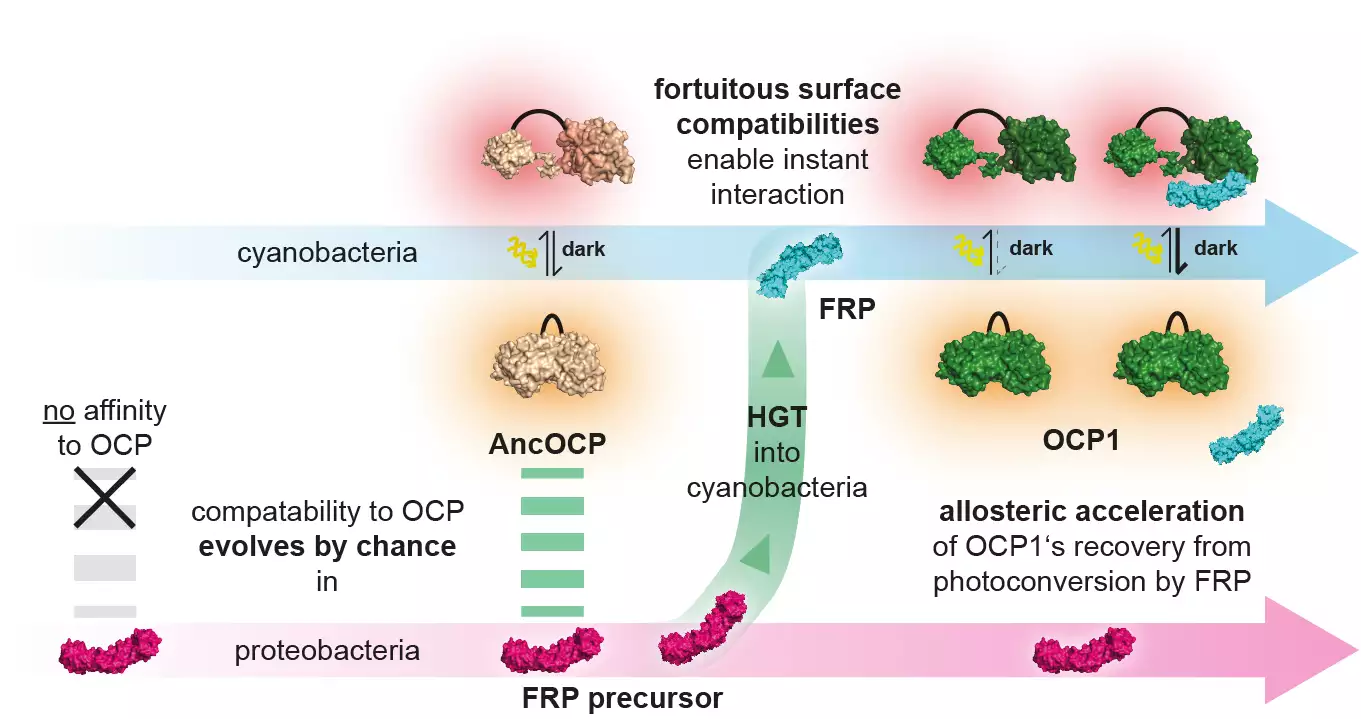Scientists have decoded the genetic blueprint of Atractylodes lancea, a prized herb in traditional Chinese medicine. Through comprehensive genome resequencing, the study unveils how natural variations drive the plant’s evolution and metabolic adaptations, particularly affecting the production of key medicinal compounds.
Tag: evolutionary genetics
Against the odds: the genetic secrets of a rare conifer’s climate change defiance
In a remarkable twist of evolutionary adaptation, the rare Tibetan cypress, Cupressus gigantea, has shown unexpected genetic resilience. Despite facing the brink of extinction due to climate change and habitat loss, the species has experienced a significant reduction in harmful genetic mutations.
Peeling back the genetic layers of stone fruit domestication
Unraveling the genetic underpinnings of stone fruits, a pivotal study explores the genomic landscape of apricot, peach, plum, and mei. It uncovers the signatures of selection pressures driving their domestication and adaptation, revealing a rich tapestry of genetic diversity and evolutionary convergence that shapes the traits we value in these crops.
‘We’re all Asgardians’: new clues about the origin of complex life
Thor, the legendary Norse god from the mythological city of Asgard, is not alone. According to groundbreaking research published in the journal Nature, we humans — along with eagles, starfish, daisies and every complex organism on Earth — are, in a sense, Asgardians.
Major primate genome sequencing studies reveal new insight into evolution, biodiversity and key applications for human health
A new investigation led by researchers at Baylor College of Medicine’s Human Genome Sequencing Center, the Institute of Evolutionary Biology and Pompeu Fabra University in Barcelona, Spain, and Illumina, Inc. analyzed the genomes of 233 nonhuman primate species and revealed key features of primate evolution, human disease and biodiversity conservation.
Second gene implicated in malaria parasite resistance evolution to chloroquine
How malaria parasites evolved to evade a major antimalarial drug has long been thought to involve only one key gene. Now, thanks to a combination of field and lab studies, an international research team has shown a second key gene is also involved in malaria’s resistance to the drug chloroquine.
Why are there so few insects in the ocean?
Scientists from Tokyo Metropolitan University have proposed a hypothesis for why insects are so rare in marine environments.

Blind dating in bacteria evolution
Proteins are the key players for virtually all molecular processes within the cell. To fulfil their diverse functions, they have to interact with other proteins. Such protein-protein interactions are mediated by highly complementary surfaces, which typically involve many amino acids that are positioned precisely to produce a tight, specific fit between two proteins. However, comparatively little is known about how such interactions are created during evolution.
Yellow evolution: Unique genes led to new species of monkeyflower
Monkeyflowers glow in a rich assortment of colors, from yellow to pink to deep red-orange.
Here Today, Gone Tomorrow: How Humans Lost Their Body Hair
Orangutans, mice, and horses are covered with it, but humans aren’t. Why we have significantly less body hair than most other mammals has long remained a mystery. But a first-of-its-kind comparison of genetic codes from 62 animals is beginning to tell the story of how people—and other mammals—lost their locks.
Radiation damage to paternal DNA is passed on to offspring
Whether radiation exposure of fathers can have consequences on their children is one of the most long-standing questions in radiation biology.
Humans continue to evolve with the emergence of new genes
Modern humans evolutionarily split from our chimpanzee ancestors nearly 7 million years ago, yet we are continuing to evolve.
Diving birds are more prone to extinction, says new study
Diving birds like penguins, puffins and cormorants may be more prone to extinction than non-diving birds, according to a new study by the Milner Centre for Evolution at the University of Bath.
Taking your time makes a difference – Brain development differs between Neanderthals and modern humans
After the ancestors of modern humans split from those of Neanderthals and Denisovans, their Asian relatives, about one hundred amino acids, the building blocks of proteins in cells and tissues, changed in modern humans and spread to almost all modern humans.
Evolving to outpace climate change, tiny marine animal provides new evidence of long-theorized genetic mechanism
Some copepods, diminutive crustaceans with an outsized place in the aquatic food web, can evolve fast enough to survive in the face of rapid climate change, according to new research that addresses a longstanding question in the field of genetics. Barely more than a millimeter long, the copepod Eurytemora affinis paddles its way through the coastal waters of oceans and estuaries around the world in large numbers — mostly getting eaten by juvenile fish, like salmon, herring and anchovy.
Scientists Discover Key Genes Behind Insect Migrations
Scientists have identified more than 1,500 genetic differences between migratory and non-migratory hoverflies.
Hidden in Genetics: The Evolutionary Relationships of Two Groups of Ancient Invertebrates Revealed
Kamptozoa and Bryozoa are two phyla of small aquatic invertebrates that are related to animals like snails, earthworms, leeches, and ribbon worms.
Genetic analysis uncovers shared evolutionary history of fish fins and vertebrate limbs
Scientists from UChicago and Spain use CRISPR to show how genes that control growth at the end of fish fins play the same role in fingers and toes.